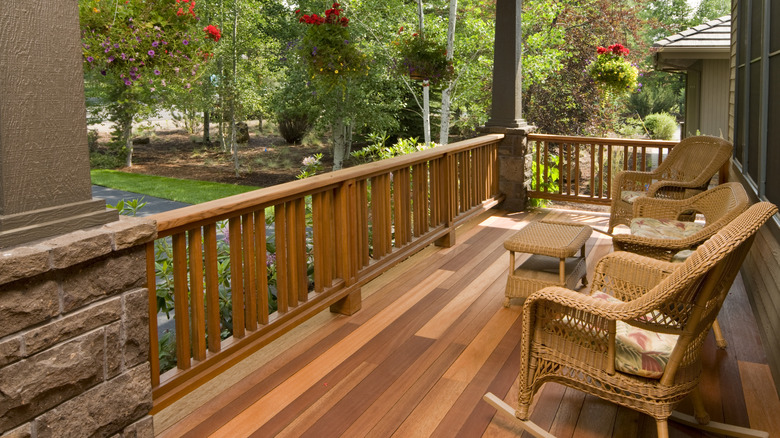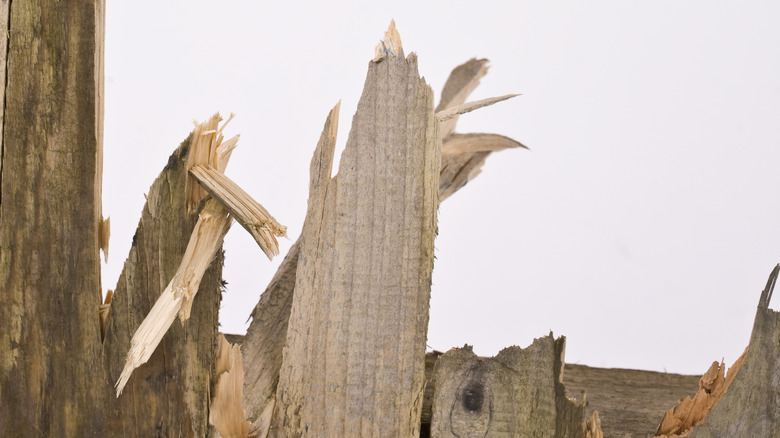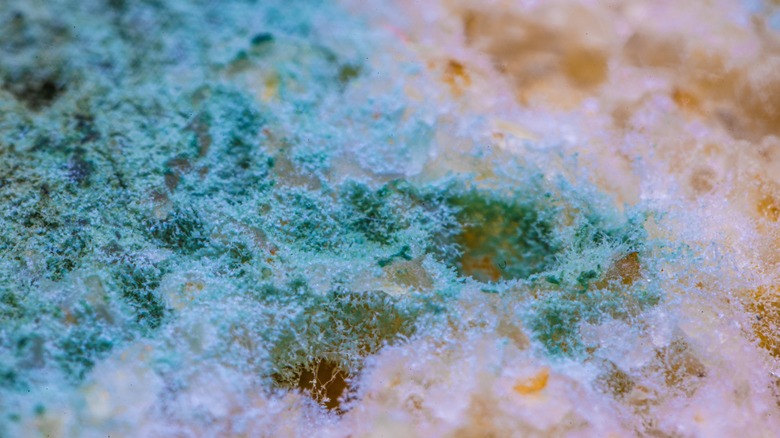What Happens If You Don't Seal Your Wood Deck
A wooden deck can elevate the aesthetics and functionality of your house's outdoor space and add serious value to your home. Yet, like any other part of your residence, it requires consistent care to maintain its aesthetic appeal and structural stability. At the core of deck maintenance lies the crucial process of sealing. Properly sealing your newly installed deck after it has dried serves as a protective shield against environmental elements, safeguarding its longevity. Furthermore, ongoing maintenance becomes imperative to extend its lifespan and preserve its visual appeal. In fact, beyond the original seal, as a general guideline, homeowners should reseal their decks every year or so, though vigilant monitoring for signs such as fading color, water absorption, or reduced water repellency is imperative for timely intervention.
Despite the importance of deck sealing, many homeowners may underestimate its significance or encounter obstacles when attempting to carry it out. Some individuals may also lack awareness regarding the benefits of sealing or the correct application process. Others could perceive sealing as a burdensome task, requiring substantial time and financial investment. Additionally, the expense of sealing, particularly for larger or premium wood decks, may dissuade those with limited budgets from prioritizing this essential upkeep. Moreover, misconceptions surrounding the inherent durability of wood decks or general apathy towards maintenance responsibilities may lead some homeowners to overlook sealing altogether.
So, what are the consequences of neglecting this vital maintenance step? Let's delve into the repercussions of not sealing your wood deck.
Your deck can lose its structural integrity
Neglecting to seal your wood deck can result in the gradual loss of its structural integrity, posing significant safety risks and compromising its longevity. Wood, while inherently sturdy, can weaken when exposed to moisture over time. Without the protective barrier provided by sealing and treating, water from precipitation can infiltrate the wood, initiating a process of softening and weakening that ultimately culminates in potential collapse.
Moreover, prolonged exposure to the elements exacerbates this deterioration. Temperature and humidity fluctuations cause the wood to undergo cycles of expansion and contraction, leading to the formation of splits, cracks, and warping. These structural issues not only compromise the overall stability of your deck but also significantly diminish its lifespan.
Regular inspections are essential to detect early signs of deterioration, such as soft spots, rot, or visible damage. Timely repairs and maintenance interventions, including sealing, treating, and reinforcing vulnerable areas, are crucial to mitigate further structural degradation and preserve the integrity of your deck. By addressing these issues promptly, you can ensure the long-term safety and functionality of your outdoor living space.
Your deck is more susceptible to uninvited intruders
Neglecting your wood deck can transform it into a haven for unwelcome guests, including mold, mildew, and a variety of pests. Without a sealant to prevent moisture accumulation, trapped moisture within the wood creates an optimal environment for the proliferation of mold and mildew colonies. Not only do these unsightly growths detract from the deck's aesthetic appeal, but they also pose health risks to those who frequent the area.
Furthermore, decaying wood acts as a beacon for pests seeking shelter and sustenance. Termites, carpenter ants, and wood-boring beetles are particularly drawn to wood that is constantly wet, where they can establish nests and wreak havoc on the structural integrity of your deck. Left unchecked, these pests can cause extensive damage, compromising the stability and safety of the entire structure.
Regular maintenance practices such as cleaning, sealing, and treating your deck are essential for preventing mold, mildew, and pest infestations. By eliminating excess moisture, sealing the wood surface, and applying appropriate treatments, you can create an inhospitable environment for these unwanted intruders. This not only preserves the cleanliness and safety of your outdoor space but also ensures that you and your family can enjoy your deck for years to come, free from the threats posed by mold, mildew, and destructive pests.


